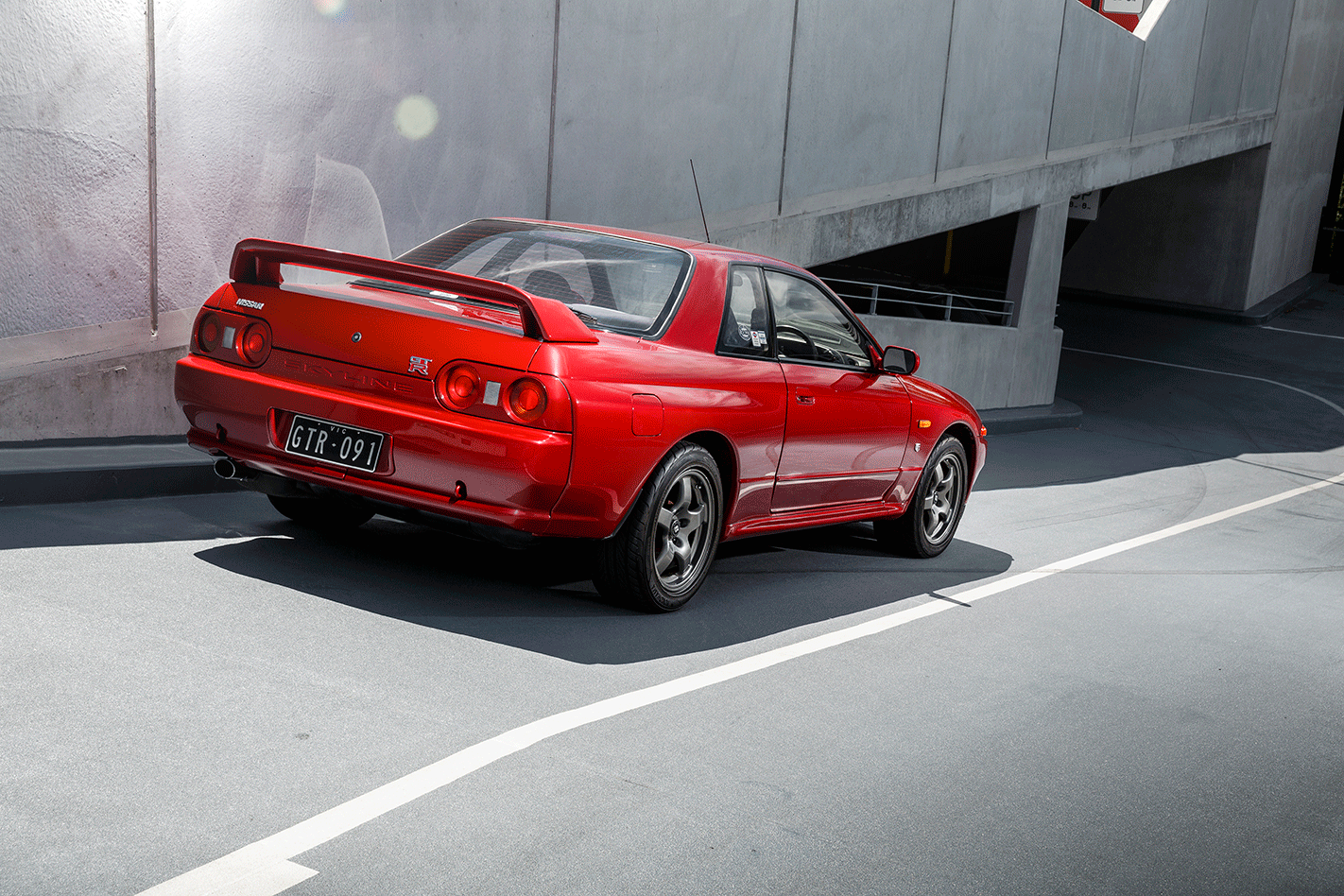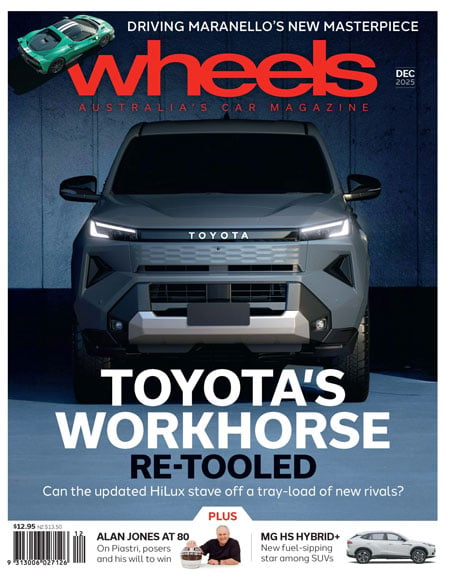Few cars have as significant, or loyal, a fanbase as the Nissan R32 GT-R. Held up as JDM royalty, the car Wheels dubbed Godzilla is the true definition of a modern classic.
However, with the cult favorite status comes some urban-legend baggage, and the GT-R still has its fair share of myths that surround its development.
So, we dived into our archives to dredge up some facts we think even the biggest of GT-R nerds would struggle to recall.

THE GT-R WAS ALMOST REAR-WHEEL DRIVE
Three engineering mules were created: one with a standard rear-drive layout, one with an Audi-style fixed torque split, and one with a Ferguson viscous centre diff. None were deemed satisfactory. In particular, the rear-drive car exhibited too much early-phase oversteer. Chief of the Vehicle Experimental Department, Kozo Watanabe, ordered the team to develop a mulitplate-clutch all-wheel-drive system. The engineers had a year to get the drivetrain sorted; if not, project GT-X would become rear-wheel drive. History shows that the ATTESA ETS system gained Watanabe’s approval.
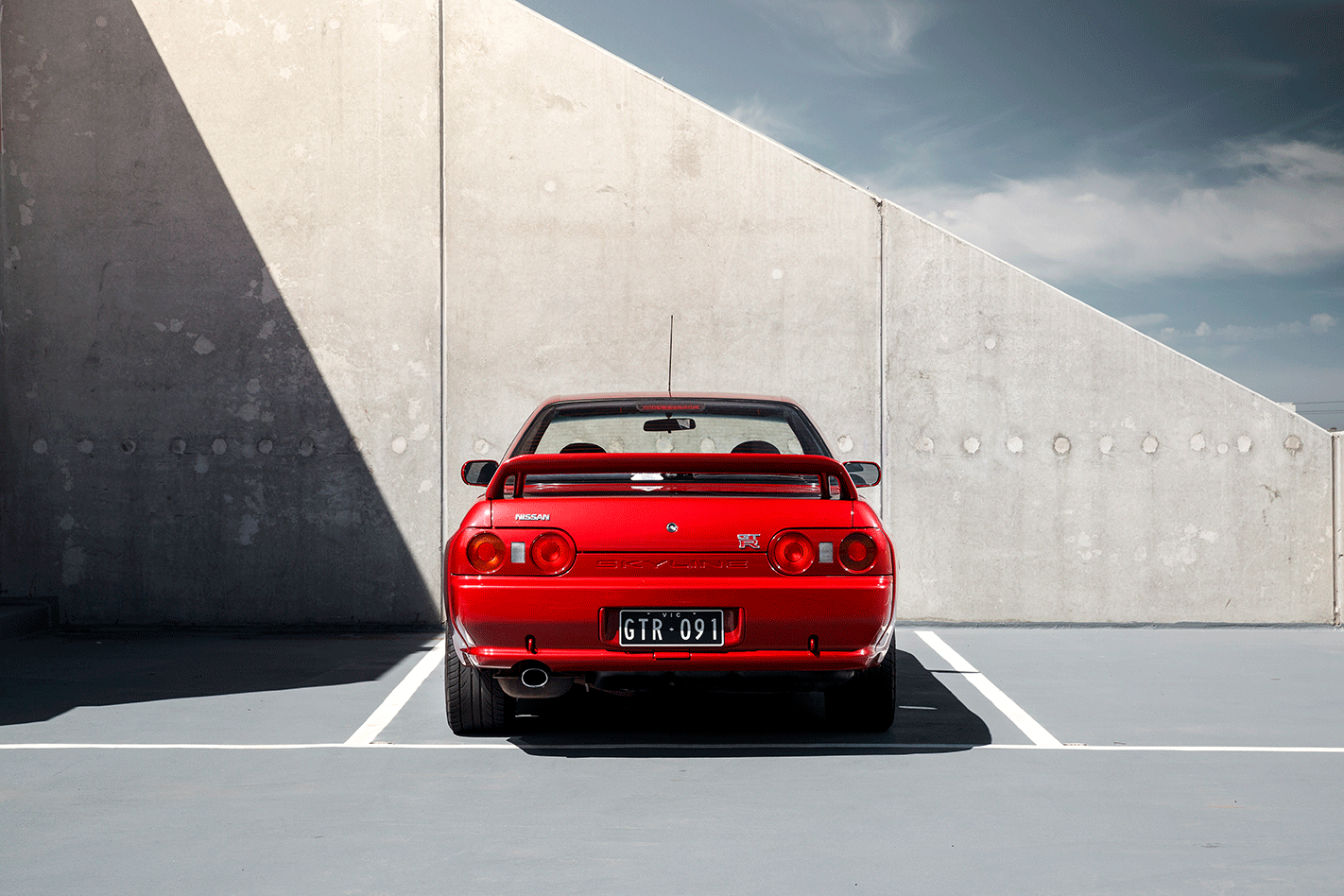
LEARNING FROM PORSCHE
A tear-down of a Porsche 959 convinced Nissan’s engineers that a variable electronic toque split with a wet multiplate clutch was the right move for GT-R. However, where the Porsche’s torque split replicated its 20 percent front, 80 percent rear weight bias under acceleration, Nissan came to the conclusion that the 959 got it wrong. During mid-phase cornering, 20 percent of drive going to the front tyres would always introduce understeer, a characteristic hard to engineer out of the R32 GT-R thanks to its unfavourable 59.4 percent front, 40.6 percent rear, static weight distribution. The engine hanging over the front axle and the fuel tank mounted aft of the rear axle also contributed to a high polar moment of inertia, despite Nissan’s attempts to lighten the front of the GT-R with aluminium body parts.

RUNNING RINGS ROUND THE COMPETITION
Chief test driver Hiroyoshi Kato’s first trip to the Nurburgring with the R32 saw it eclipse the Porsche 944’s production-car record of 8m45s by 15 seconds. However, Kato wasn’t happy with the amount of dull understeer, so Nissan’s engineers fitted a 20mm anti-roll bar up front and a chunky 25.4mm item at the rear to take advantage of the AWD system’s ‘accelerated power oversteer’. Corner exit speeds radically improved. And so did the time, with the R32 clocking an 8m20s lap of the Nordschleife.
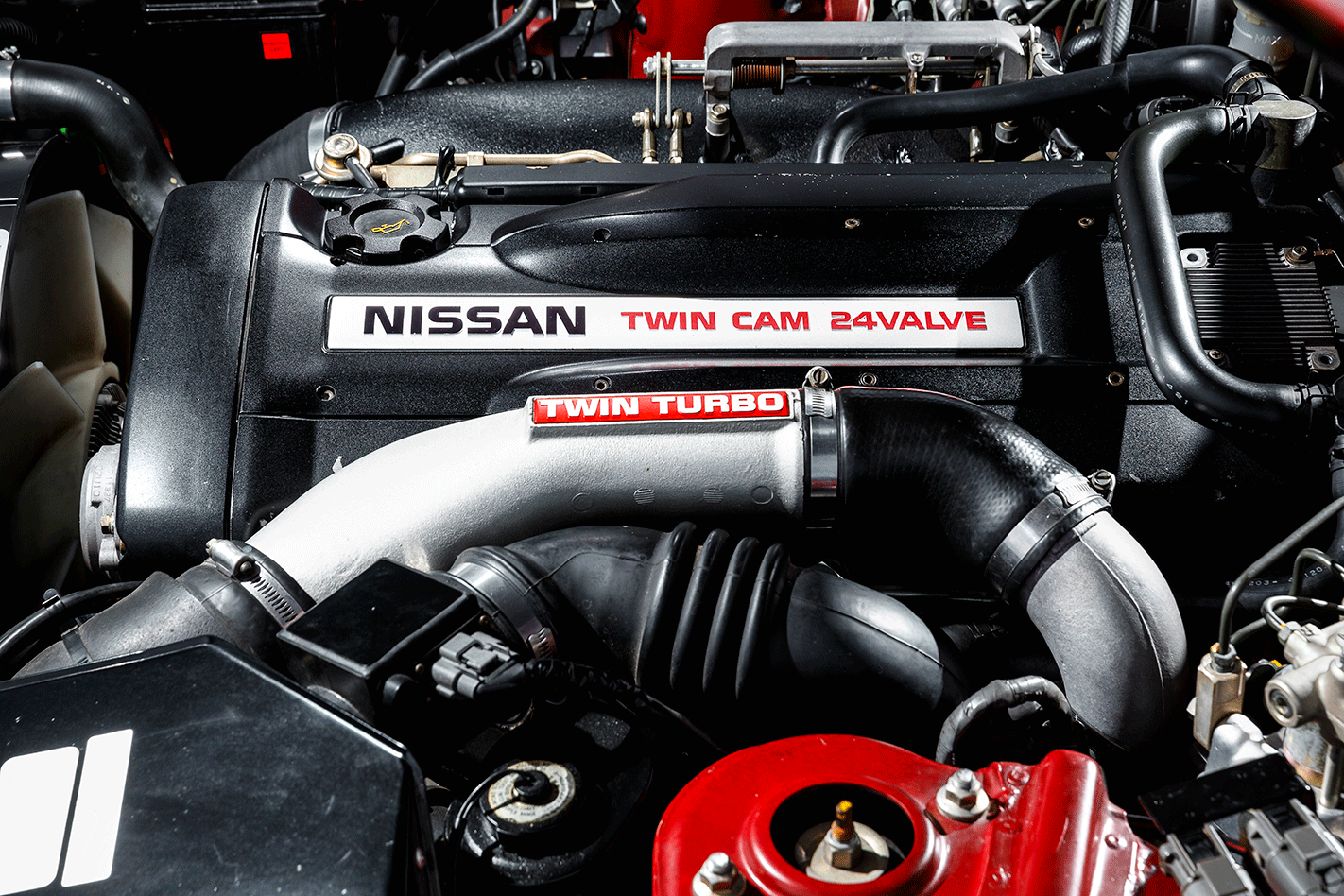
NOT SO POPULAR?
Despite the fact the production run of the R32 GT-R for Australia was just 100, only 63 of those were actually bought and registered by customers. Many prospective buyers were likely daunted by the list price of $110,000. Adjusted for inflation and taxes, that’s about $250,000 today – around the price of a 992 Porsche Carrera 4. Hindsight is a wonderful thing, indeed.
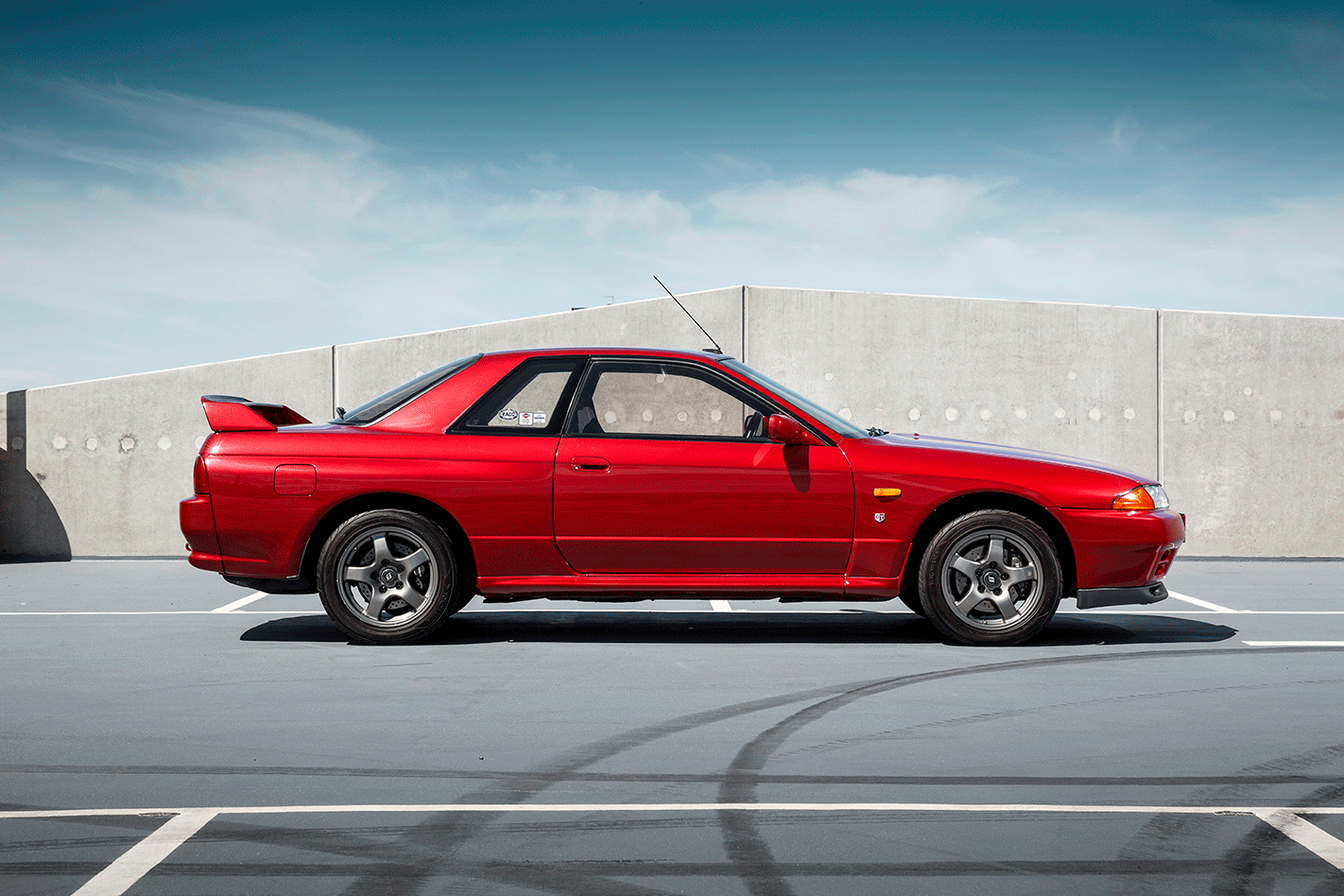
BUYING ONE TODAY
With some 44,000 R32s built globally between 1989 and 1994, it’s not as if this GT-R is rare. However, as we mentioned before, only 100 were officially imported. If you want one of those, look for a Nissan Australia compliance plate and a vehicle code 40ZKBNR32RX. Aussie-market cars also feature Blaupunkt stereos, a roof-mounted aerial, and replacement speedometers that read up to 260km/h.

